Xi Lei
Why Sangyuan Polder?
Speculative Green Rural Construction and Alternative Directions for Future of Aquaculture
The Sangyuan polder is a large-scale water conservancy project spanning Shunde and Nanhai in Foshan, which flourished during the Ming and Qing dynasties. The traditional mulberry dike fish pond system, the main mode of agricultural production based on the ecological cycle between land and water in this area, has now been almost replaced by modern intensive aquaculture. The conflict between economy and ecology has subsequently come to the surface. As an imagination of balancing both, contemporary cultural tourism projects in Foshan have packaged the Sangyuan polder and mulberry dike fish pond mode as cultural symbols representing harmony between land and water, which is a theme park-style world-making largely disconnected from the local realities.
With this as background, this project aims to investigate how the meanings of the Sangyuan polder and the mulberry dike fish pond are currently reshaped and integrated into the storytelling of speculative green rural construction, and how this storytelling unintentionally renders the potential for critical speculation in contrast to local reality. This project also attempts to evoke attention to non-human actors through combining research and creation in order to revisit the history of Sangyuan polder and explore alternative speculative directions for the future.
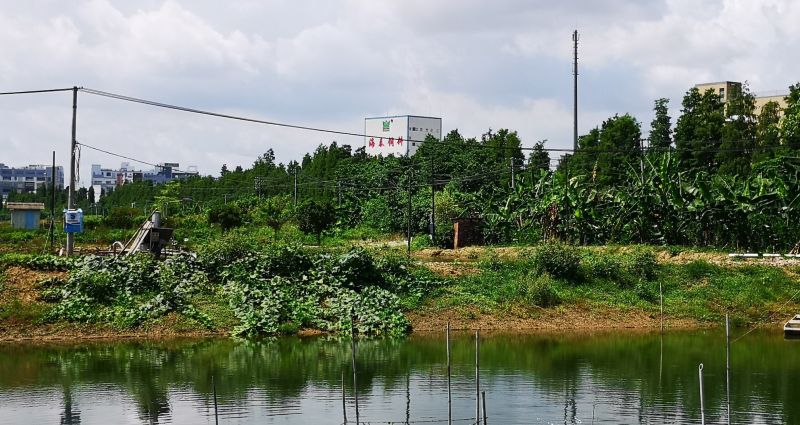
A pond for snakeheads fish farming along with an aquafeed factory in the background, taken in Xingtan Town, Shunde District, Foshan
Photo by Xi Lei
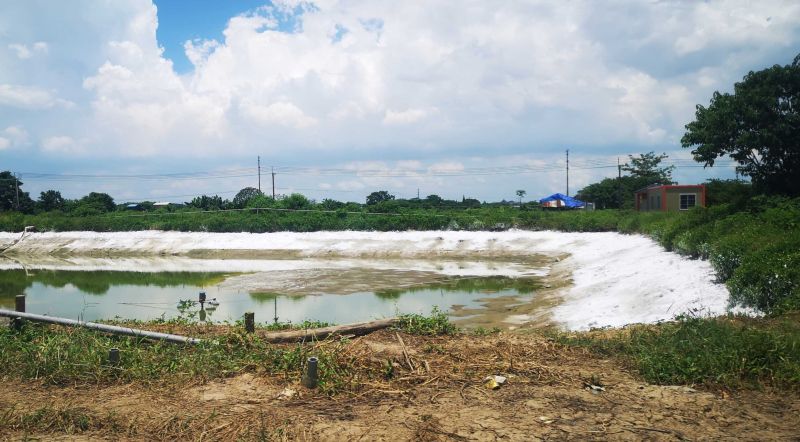
Fish ponds being cleaned, taken in Xingtan Town, Shunde District, Foshan
Photo by Xi Lei
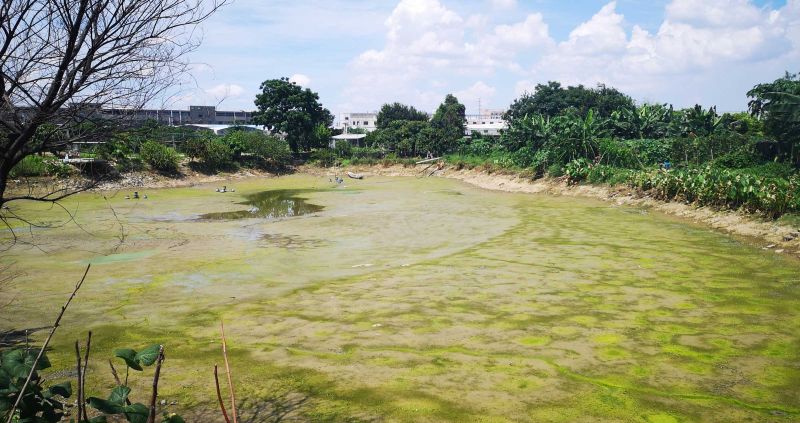
Fish ponds being cleaned, taken in Xingtan Town, Shunde District, Foshan
Photo by Xi Lei
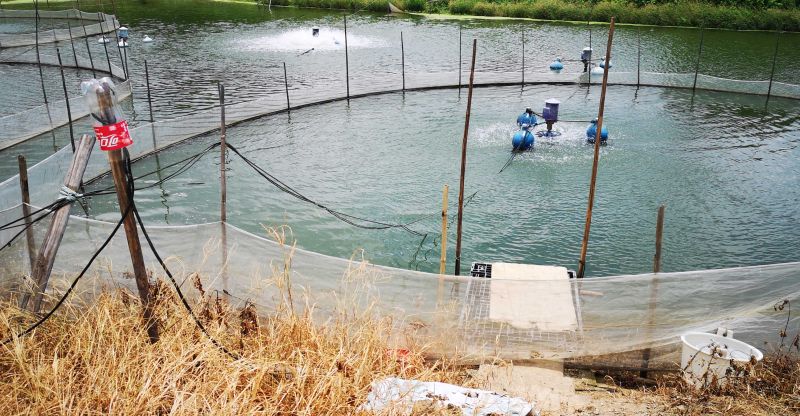
Oxygenators in a fish pond, taken in Xingtan Town, Shunde District, Foshan
Photo by Xi Lei
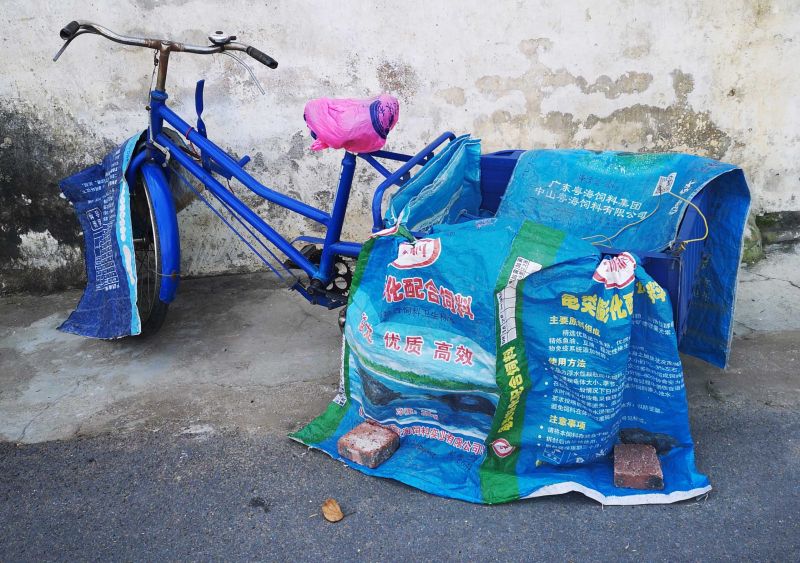
A tricycle covered by empty aquafeed bags, taken in Xingtan Town, Shunde District, Foshan
Photo by Xi Lei
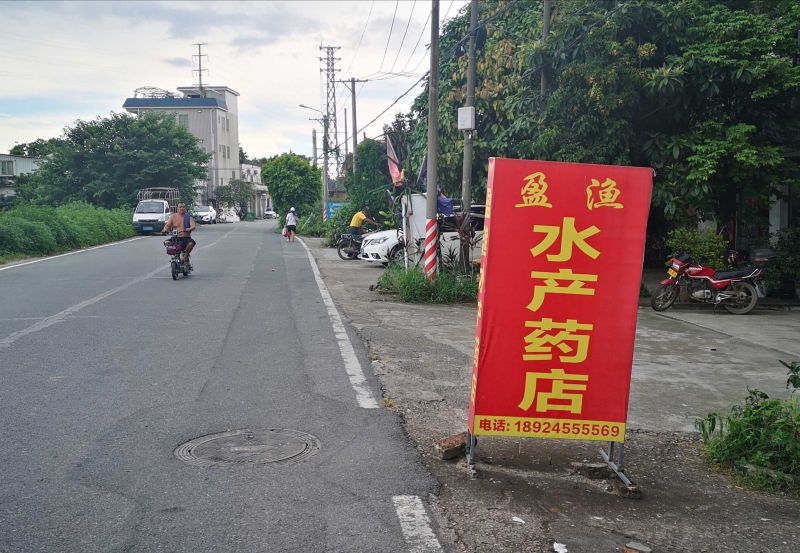
A lightbox for aquaculture pharmacy, taken in Xingtan Town, Shunde District, Foshan
Photo by Xi Lei